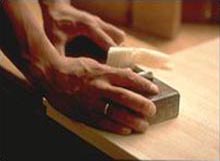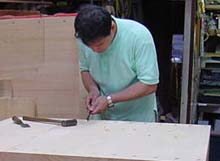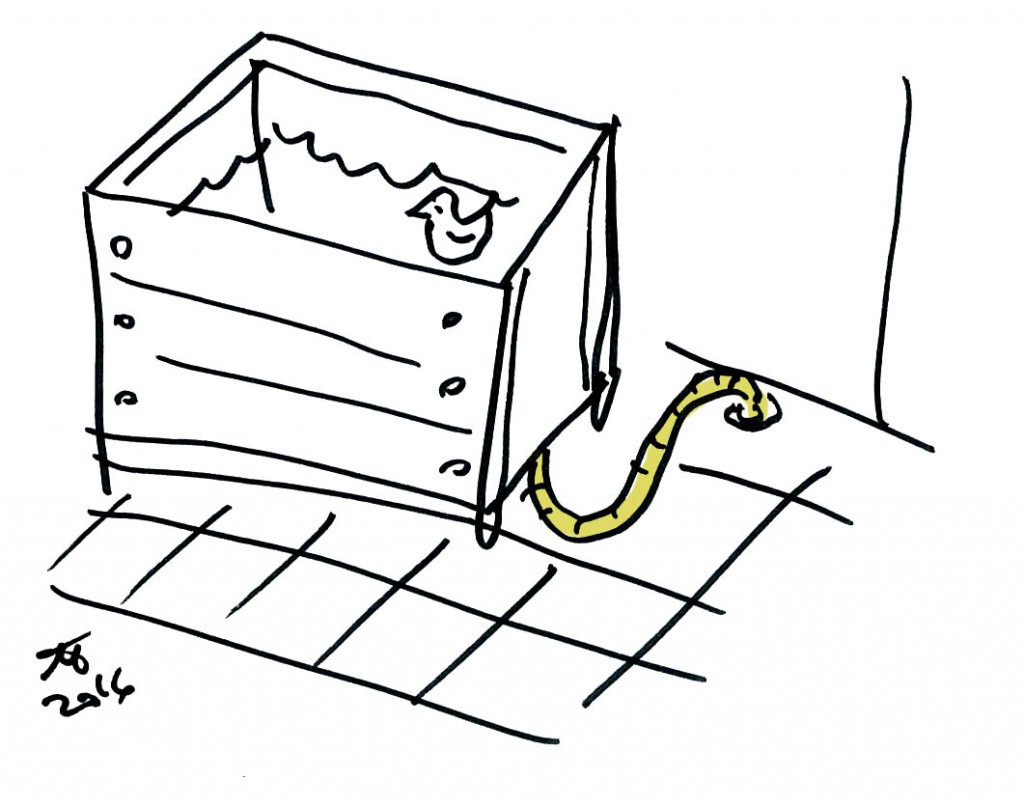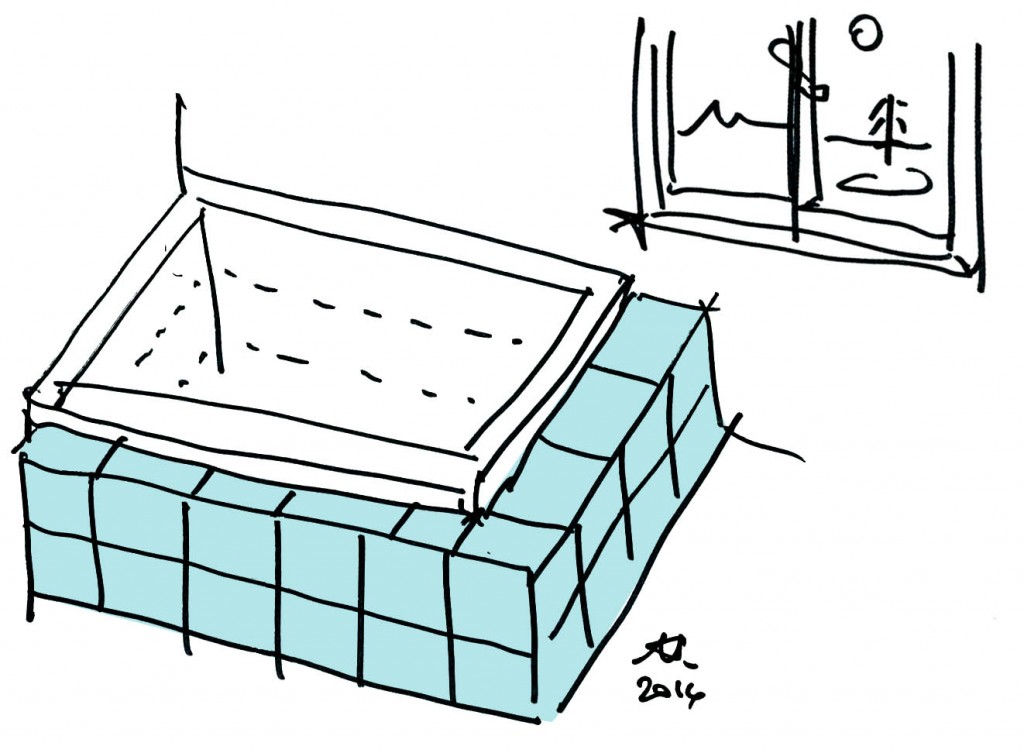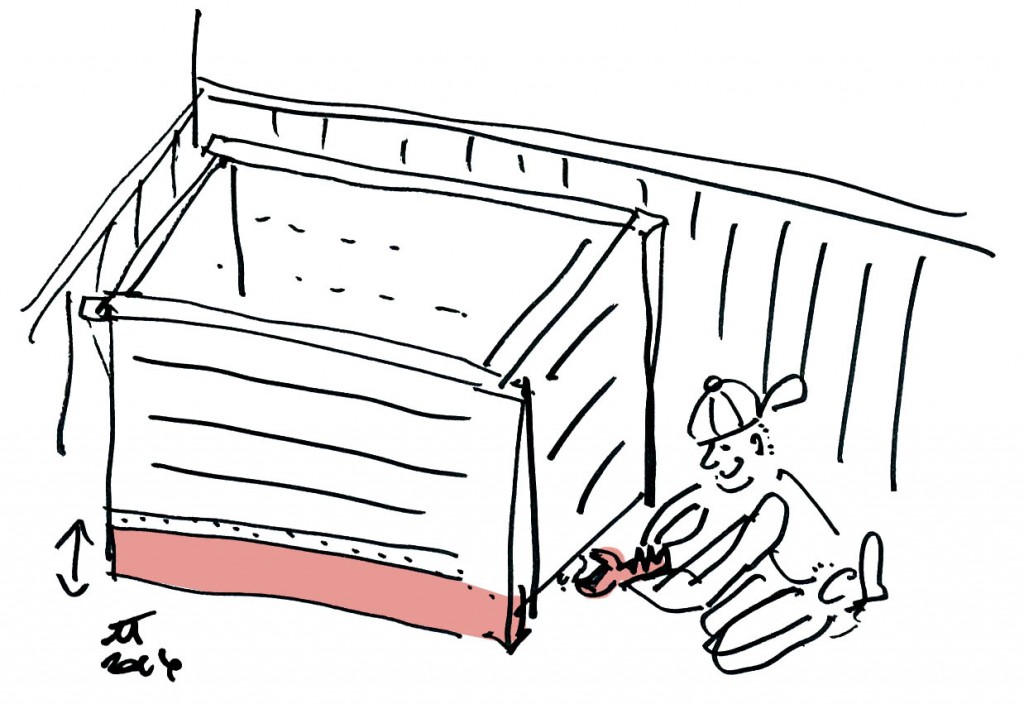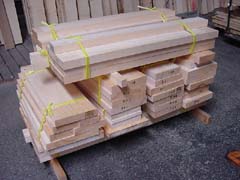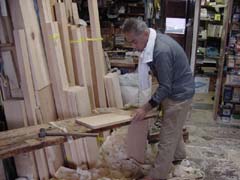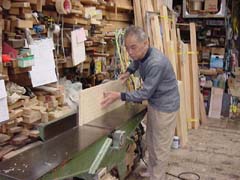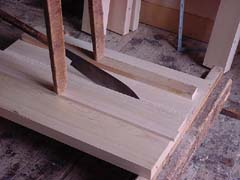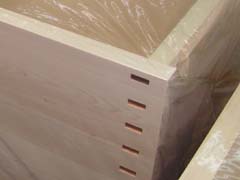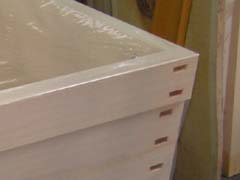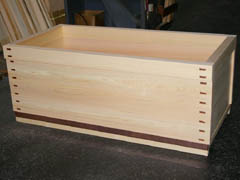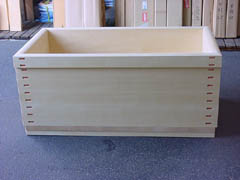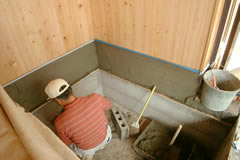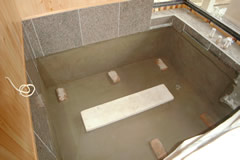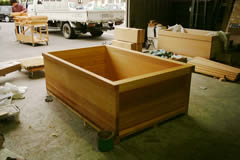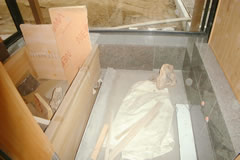import taxes
Is the standard portion of taxes already included in the quotation and only potential additional charges, taxes etc. may occur? Or do we need to estimate additional tax cost for sure? If yes, whats your experience when shipping to Germany?
The quick answer is: for Germany the import tax on wooden items is 0%. The VAT is 19%.
For people who want to know more: please find here the master chart:
everything you always wanted to know about import taxes … and never dared to ask!
Please note that we export wooden tubs with the following customs HS code: 4421.90
|
Import |
HS commodity |
MFN duty |
Sales |
Additional duties & |
|
country |
code |
rate |
tax |
taxes |
|
Algeria |
30% |
17% |
|
|
|
Andorra |
0% |
4.50% |
|
|
|
Antigua And Barbuda |
20% |
15% |
Customs service tax (CST) (10% CIF) |
|
|
Argentina |
35% |
21% |
Statistical fee (0.5% CIF) |
|
|
Aruba |
12% |
No sales tax |
|
|
|
Australia |
5% |
10% |
Import Processing Charge (AU$48.85) |
|
|
Austria |
0% |
20% |
|
|
|
Azerbaijan> |
15% |
18% |
|
|
|
Azores |
0% |
18% |
|
|
|
Bahrain |
5% |
No sales tax |
|
|
|
Bangladesh |
25% |
15% |
Supplementary Duty (SD) (0% CIFD) |
|
|
Regulatory Duty (RD) (4% (CIFD + Supplementary Duty (SD))) |
||||
|
AIT(Advance Income Tax) (5% CIFD) |
||||
|
Barbados |
4421.90.90 |
20% |
17.50% |
|
|
Belarus |
10.50% |
20% |
|
|
|
Belgium |
0% |
21% |
|
|
|
Belize |
4421.90.90 |
20% |
12.50% |
Environmental Levy (2% CIF) |
|
Bermuda |
22.25% |
No sales tax |
|
|
|
Bolivia |
40% |
14.94% |
|
|
|
Bosnia And Herzegovina |
5% |
17% |
Customs record keeping charge (1% CIF) |
|
|
Botswana |
20% |
12% |
|
|
| Brazil |
14% |
Depends on province |
Airport fee (50% (Storage fee + Handling fee)) |
|
|
Storage fee (1% CIFD) |
||||
|
Handling fee (BRL0.015 per KG) |
||||
|
Declaration fee (BRL30.00) |
||||
|
IPI (0% CIFD) |
||||
|
PIS PASEP COFINS tax ((11.75% (CIF * (1 + ICMS%) * (Duty% + IPI% * (1 + Duty%)))) / (0.9075 * (1 – ICMS%))) |
||||
|
Brunei Darussalam |
4421.90.99 |
0% |
No sales tax |
|
|
Bulgaria |
0% |
20% |
|
|
|
Burundi |
25% |
18% |
Administrative Licence Fee (0.5% CIF) |
|
|
Security Tax (1.15% CIF) |
||||
|
Cambodia |
4421.90.99 |
15% |
10% |
Special tax () |
|
Canada |
6% |
Depends on province |
|
|
|
Canary Islands |
0% |
3% |
|
|
|
Cayman Islands |
22% |
No sales tax |
|
|
|
Chile |
6% |
19% |
Classification Charge (1% CIF) |
|
|
China |
0% |
17% |
|
|
|
Colombia |
0% |
16% |
|
|
|
Costa Rica |
14% |
13% |
Golfito Tax (Tourism development tax) (18% CIFD) |
|
|
Law 6946 (National Emergency Law) (1% CIFD) |
||||
|
Croatia |
0% |
25% |
|
|
|
Cyprus |
0% |
19% |
|
|
|
Czech Republic |
0% |
21% |
|
|
|
Denmark |
0% |
25% |
|
|
|
Dominica |
20% |
15% |
Customs service charge (3% CIF) |
|
|
Dominican Republic |
20% |
18% |
|
|
|
Ecuador |
20% |
12% |
FodInfa (Children development fund) (0.5% CIF) |
|
|
ICE (Consumption Tax) (0% CIFD) |
||||
|
Egypt |
10% |
10% |
|
|
|
El Salvador |
15% |
13% |
|
|
|
Estonia |
0% |
20% |
|
|
|
Finland |
0% |
24% |
|
|
|
France |
0% |
20% |
|
|
|
French Guiana |
0% |
No sales tax |
|
|
|
Germany |
0% |
19% |
|
|
|
Gibraltar |
12% |
No sales tax |
|
|
|
Greece |
0% |
23% |
|
|
|
Grenada |
20% |
15% |
Customs service charge (CSC) (5% CIF) |
|
|
Guadeloupe |
0% |
8.50% |
|
|
|
Guatemala |
15% |
12% |
|
|
|
Guernsey |
0% |
No sales tax |
|
|
|
Guyana |
4421.90.90 |
20% |
16% |
|
|
Honduras |
15% |
15% |
|
|
|
Hong Kong |
0% |
No sales tax |
|
|
|
Hungary |
0% |
27% |
|
|
|
Iceland |
10% |
24% |
|
|
| India |
10% |
No sales tax |
Landing charges (1% CIF) |
|
|
Countervailing duty (12.5% (CIFD + Landing charges)) |
||||
|
CESS (3% (Duty + CEX (Education & Higher Education CESS) + Countervailing duty)) |
||||
|
Additional Countervailing Duty (4% (CIFD + Landing charges + Countervailing duty + CESS + CEX (Education & Higher Education CESS))) |
||||
|
Indonesia |
5% |
10% |
Income tax (15% CIFD) |
|
|
Iran |
22% |
8% |
|
|
|
Ireland |
0% |
23% |
|
|
|
Isle of Man |
0% |
20% |
|
|
|
Israel |
0% |
17% |
Import port fee (US$50.31 Import port fee if weight more 50 kg per shipment) |
|
|
Italy |
0% |
22% |
|
|
|
Jamaica |
4421.90.90 |
20% |
16.50% |
Standard compliance fee (SCF) (0.3% CIF) |
|
Environmental levy (0.5% CIF) |
||||
|
Japan |
2.90% |
8% |
LVS (5%) |
|
|
Jersey |
0% |
5% |
|
|
|
Jordan |
4421.90.90 |
30% |
16% |
|
|
Kazakhstan |
10.50% |
12% |
|
|
|
Kenya |
25% |
16% |
Import Declaration Fee (2.25% CIF) |
|
|
Kuwait |
5% |
No sales tax |
|
|
|
Lao People’s Democratic Republic |
20% |
10% |
|
|
|
Latvia |
0% |
21% |
|
|
|
Lebanon |
5% |
10% |
|
|
|
Lesotho |
20% |
14% |
|
|
|
Liechtenstein |
0% + CHF14.00 per 100 kg |
8% |
|
|
|
Lithuania |
0% |
21% |
|
|
|
Luxembourg |
0% |
17% |
|
|
|
Macau |
4421.90.90 |
0% |
No sales tax |
|
|
Madeira |
0% |
22% |
|
|
|
Malaysia |
20% |
6% |
|
|
|
Maldives |
10% |
6% |
|
|
|
Malta |
0% |
18% |
|
|
|
Martinique |
0% |
8.50% |
|
|
|
Mayotte |
0% |
No sales tax |
|
|
|
Mexico |
15% |
16% |
DTA (0.8% CIFD) |
|
|
Monaco |
0% |
20% |
|
|
|
Montserrat |
20% |
No sales tax |
|
|
|
Morocco |
4421.90.9090 |
25% |
20% |
Timber tax (12% CIF) |
|
Parafiscal tax (0.25% CIF) |
||||
|
Myanmar |
15% |
No sales tax |
|
|
|
Namibia |
20% |
15% |
|
|
|
Netherlands |
0% |
21% |
|
|
|
New Zealand |
5% |
15% |
Import entry transaction fee (NZ$49.24) |
|
|
Nicaragua |
15% |
15% |
|
|
|
Nigeria |
20% |
5% |
Excise (20%) |
|
|
Norway |
0% |
25% |
|
|
|
Oman |
5% |
No sales tax |
|
|
|
Pakistan |
20% |
17% |
|
|
|
Panama |
10% |
7% |
|
|
|
Paraguay |
14% |
10% |
|
|
|
Peru |
6% |
16% |
Additional fee (0% CIFD) |
|
|
Municipal tax (2% (CIFD + Excise + Tariff surcharge)) |
||||
|
Philippines |
10% |
12% |
|
|
|
Poland |
0% |
23% |
|
|
|
Portugal |
0% |
23% |
|
|
|
Puerto Rico |
3.30% |
7.25% |
|
|
|
Qatar |
5% |
No sales tax |
|
|
|
Reunion |
0% |
8.50% |
|
|
|
Romania |
0% |
24% |
|
|
|
Russian Federation |
10.50% |
18% |
|
|
|
Rwanda |
25% |
18% |
Withholding tax (5% CIF) |
|
|
Saint Kitts And Nevis |
20% |
17% |
|
|
|
Saint Lucia |
20% |
15% |
Service charge (6% CIF) |
|
|
Saint Martin |
0% |
No sales tax |
|
|
|
Saint Vincent And The Grenadines |
20% |
15% |
Customs service charge (5% CIF) |
|
|
San Marino |
0% |
No sales tax |
|
|
|
Saudi Arabia |
5% |
No sales tax |
|
|
|
Serbia |
10% |
20% |
|
|
|
Singapore |
0% |
7% |
|
|
|
Slovakia |
0% |
20% |
|
|
|
Slovenia |
0% |
22% |
|
|
|
South Africa |
20% |
14% |
|
|
|
South Korea |
8% |
10% |
|
|
|
Spain |
0% |
21% |
|
|
|
Sri Lanka |
25% |
11% |
Import Cess (Rs50.00 per kg) |
|
|
PAL (Ports and Airport Levy) (5% CIF) |
||||
|
Surcharge (15% Duty) |
||||
|
Social Responsibility Levy (SRL) (1.5% (Duty + Surcharge + Excise)) |
||||
|
Suriname |
4421.90.90 |
20% |
10% |
Consent law (1.5% CIF) |
|
Statistics law (0.5% CIF) |
||||
|
Swaziland |
20% |
14% |
|
|
|
Sweden |
0% |
25% |
|
|
|
Switzerland |
0% + CHF14.00 per 100 kg |
8% |
|
|
|
Taiwan (ROC) |
0% |
5% |
Trade promotion fee (0.04% CIF) |
|
|
Tanzania |
25% |
18% |
|
|
|
Thailand |
20% |
7% |
|
|
|
Trinidad And Tobago |
20% |
15% |
|
|
|
Turkey |
0% |
18% |
|
|
|
Turks And Caicos Islands |
30% |
No sales tax |
|
|
|
Uganda |
25% |
18% |
Withholding tax (6% CIF) |
|
|
Ukraine |
0% |
20% |
|
|
|
United Arab Emirates |
5% |
No sales tax |
|
|
|
United Kingdom |
0% |
20% |
|
|
|
United States |
3.30% |
Depends on state |
Merchandise Processing Fee () |
|
|
Uruguay |
14% |
22% |
Consular fee (2% CIF) |
|
|
Venezuela |
14% |
12% |
|
|
|
Vietnam |
25% |
10% |
|
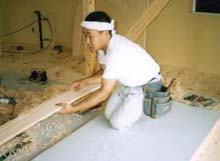 the hinoki bathtub is basically like a large basinet which sits on the floor. The faucet is usually wall mounted or ledge mounted so no adaption is needed. The drain is in most cases not connected with any fitting: the water just flows on the floor towards a floor drain. Installation of an hinoki bath is simple and straightforward.
the hinoki bathtub is basically like a large basinet which sits on the floor. The faucet is usually wall mounted or ledge mounted so no adaption is needed. The drain is in most cases not connected with any fitting: the water just flows on the floor towards a floor drain. Installation of an hinoki bath is simple and straightforward.